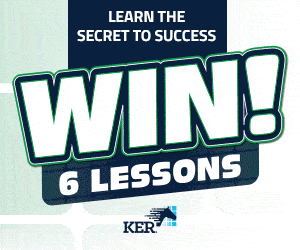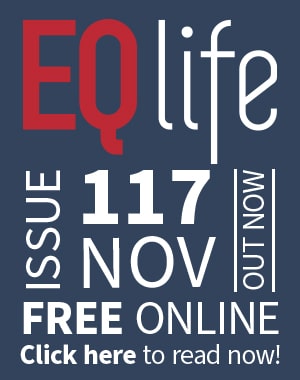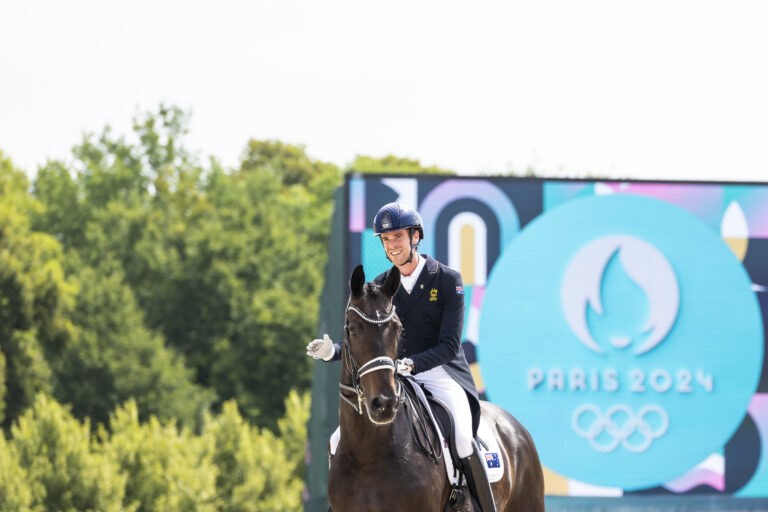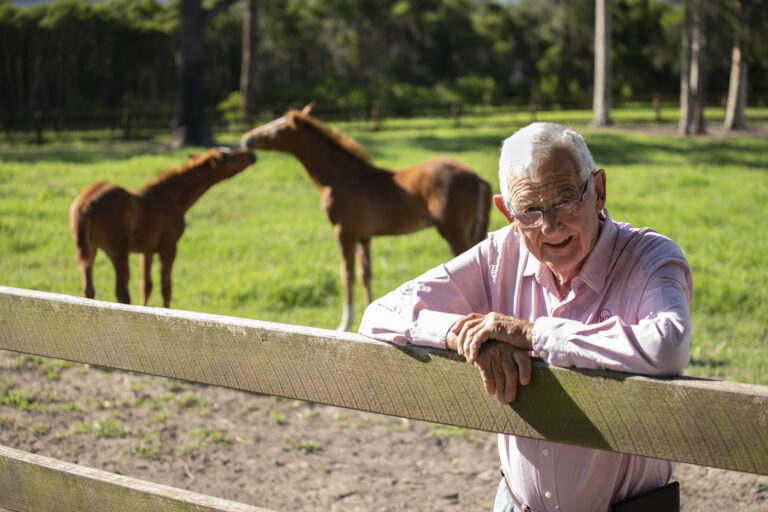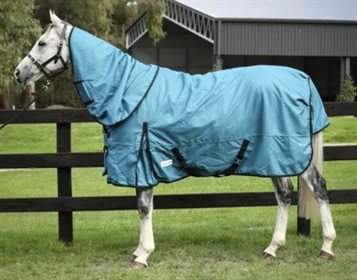This article has appeared previously with Equestrian Life. To see what’s in our latest issue, click here.
Chanele and her horses are always perfectly presented.
© Angie Rickard Photography
As one of Australia’s top riders in the show horse scene, Chanele Hunter-Cooke knows all about making horses look their best. With her mounts always immaculately presented, the multiple Royal, Horse of The Year and National winner lets us in on her preparation secrets.
BY CHLOE CHADWICK
EQ Life: What is your routine the day before a big show?
Chanele: The day – and sometimes the week – before a big show, entails a lot of planning and preparation. By the time the show eve arrives, I’ve got my horses looking fit and ready from the previous weeks or months of training. The horses’ coats are in order, mane and tails pulled, and they are all trimmed during the week with only a final touch-up the night before.
The time of classes and the location of the show will determine my program for the night before. Generally I’ll ride my horses, and go through final fine-tuning, check my gear to ensure everything is fitting, and often have a test run in any gear I’m not happy with.
EQ Life: When is the best time to wash and plait?
Chanele: This depends on the time of the event and the type. Does your horse rub its plaits out? Do you have a stable? And will they last if you have to rewash your horse after work the following day? Some of these points apply when I’m preparing for an event. I personally plait the night before and sometimes leave the last four plaits at the bottom of the mane, as they get messy very quickly.
This way I’m organised in case something goes wrong, and you can always fix the plaits up before the event. A really well-fitting hood and great product ensures you have perfect plaits for the big day.
Tidy plaits!
EQ Life: Plaiting: bands or sew?
Chanele: I use bands to plait my horses down and I start at the top of the mane. I then use cotton to sew the plaits in. I like to use bands and I like to often stand back and look at the shape of the plaits on my horse’s neck. I change the amount of plaits and the style – if they sit up or down, large or small – on each individual horse.
EQ Life: Tails: plait, pull or clip?
Chanele: On young horses, and particularly mares, I love a braided tail. It is time-consuming but very elegant. It also depends on how my horses carry their tails. Do they have a tail carriage? Do they swish their tail etc.?
Currently I show-horse with pulled tails and keep them flat with a tailbag during the week and a tail bandage at the event.
EQ Life: What is the secret to the perfect forelock plait?
Chanele: A perfect forelock plait can be so easily ruined when you pull the braid up. People tend to use too much product on the forelock and then it gets a touch sticky. Being patient and by practicing your braids helps. My secret is having a really nice set of long-nosed straight forceps to pull my braid through. You don’t have to stitch it or put any bands on it.
Ensuring the bottom of your braid remains firm helps keep a neat look when it’s pulled up.
Rivington Rock Star, ridden by Felicity and Posie Southerland, gets his forelock plaited before going on to place Top 10 Medium Child’s Show Hunter Pony at Barastoc HOTY.
EQ Life: Do you have any plaiting tips or essentials, and how do you keep everything tidy and in place?
Chanele: I don’t like wispy pieces on manes so I ensure that, if I have to pull a mane I do it with enough time so the mane has time to settle. I find if I keep my horses’ manes brushed, hooded and kept thinner throughout the year I don’t have to pull them before a big event.
EQ Life: What is your routine the morning of a show?
Chanele: I’m normally up well before sunrise to feed the other horses around the property. I ensure my horses travelling have had breakfast before they leave. Depending on the timetable I often like to prepare the horses from home in the stables so I don’t run in to any issues at the show tied to a float. I have a stables booked if I opt to get my horses ready at the event.
I start by lungeing or riding my horses, then they come back to be washed off with ample time to dry. I then start preparing the horses to a point before I go and get dressed. False tails are placed in and the tails are oiled and have a bandage placed on them until before the class. Legs are cleaned, blacked, and feet are blacked. Another coat of hoof black might be applied, depending on whether the event is held indoors or outdoors.
I place saddle and number holders on the horse but don’t tighten too much. I place rugs over my horse’s back once the saddle is in position. I then start on my horse’s makeup and pay attention to eyes, muzzle and ears. Earplugs are placed in, and I ensure I do that myself so I know it’s done correctly. Tails are shined and fly spray is applied to the horse’s body.
I then start on my riding attire, making sure my hair is in a neat, tight bun with a bun net. I get dressed in jodphurs or breeches, boots, vest, tie and jacket. I place my hat on at the last minute so it doesn’t get dirty. I pop a cover jacket over the top of my shirt and vest then finish off my horses by applying patterns to the hindquarters. The bridle is the last item to go on (apart from the rider!) and I tighten the girth and check the bridle myself before climbing aboard.
EQ Life: How do you personally use makeup and markers to flatter your horses, and how do you apply them?
Chanele: I use makeup on the muzzle and around the eyes, blending well to enhance a horse’s features but without making it too block-like. I use a small towel or cloth to blend the muzzle and eyes, and use the remaining amount on the cloth to wipe the inside of the ears. I use a highlighter on the top of the horse’s eye to enhance, however, I don’t like to have the makeup running into the horse’s eyes so I use the gloss sparingly. I make sure I take a towel to the ringside to wipe any excess makeup that hasn’t blended.
Hind-markers depend on the individual horse and the type of events I’m entering. I like classic markers that again enhance the good points of my horses. I sometime use a fine square comb and mark the hind in a downward triangle. For Hunter classes I like plain-angle brushstrokes. I have slightly thicker sharksteeth for the Hunter classes. I also change the number of sharksteeth I mark on each horse, depending on the size and angle of the hind. This requires practise, practise and more practise. When I work my horses at home, I often place markers on them to a) get them used to sprays and b) see what markers are going to suit that particular horse.
Rocky gets his makeup applied by mum Edwina at Barastoc HOTY.
EQ Life: Do you have any tips for making sure everything is in place when it’s time to enter the ring?
Chanele: I think it’s really important to have your gear cleaned and ready early. It’s imperative to check your own tack before you mount your horse. Too many times you see false tails fall out, number holders busting, sheepskins slipping and bridles on back to front. If you are unsure, ask someone who knows, but always be responsible for your own gear as you are the one on display to the judges, not the people who may help get you ready.
Being prepared with clean tack helps you focus purely on the task at hand when entering the ring. It’s too late to try and fix things when you’re about to go in, so preparation, practise and patience is the key!
READ THE LATEST NEWS ARTICLES HERE




